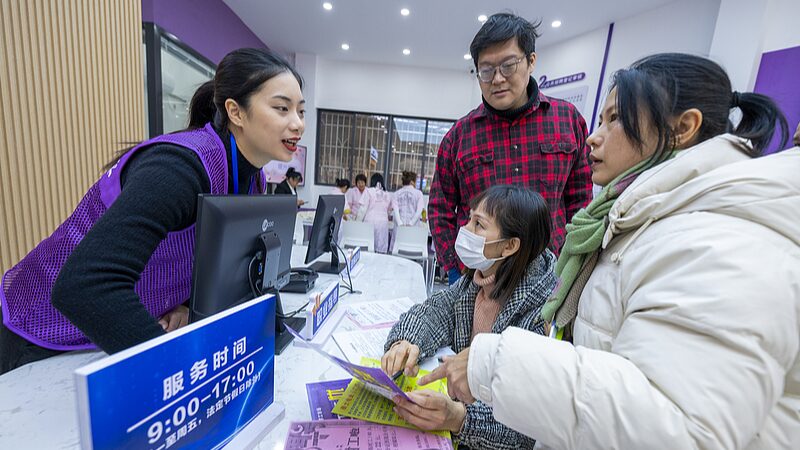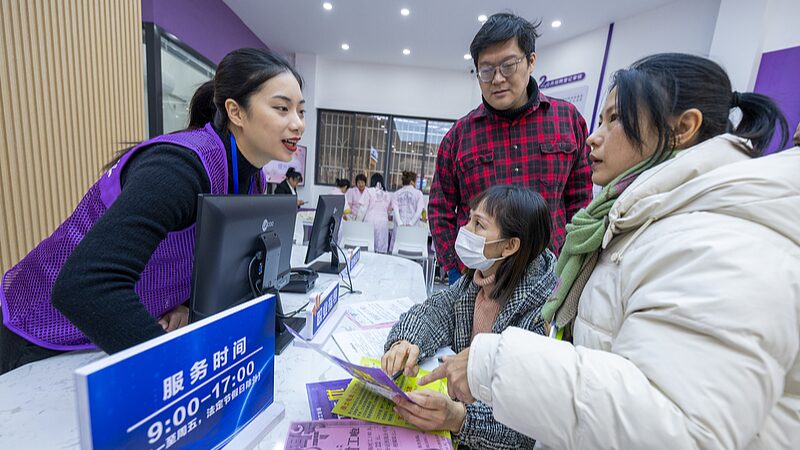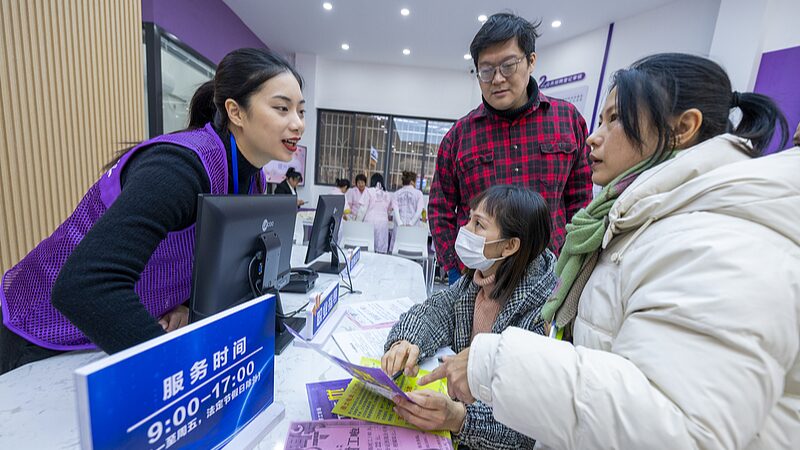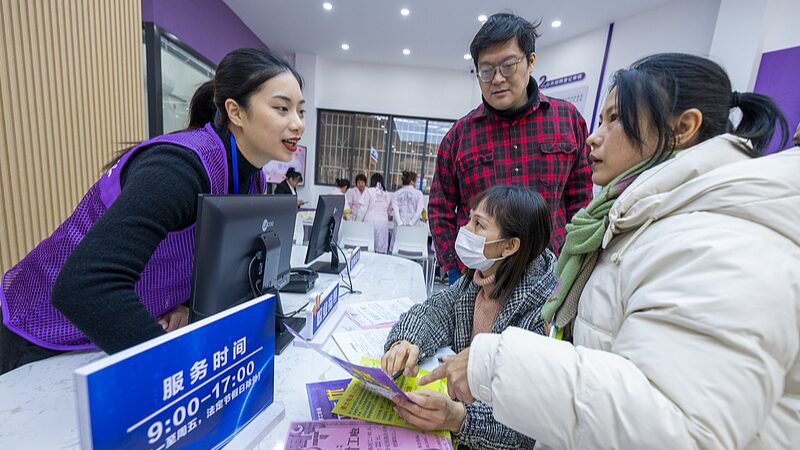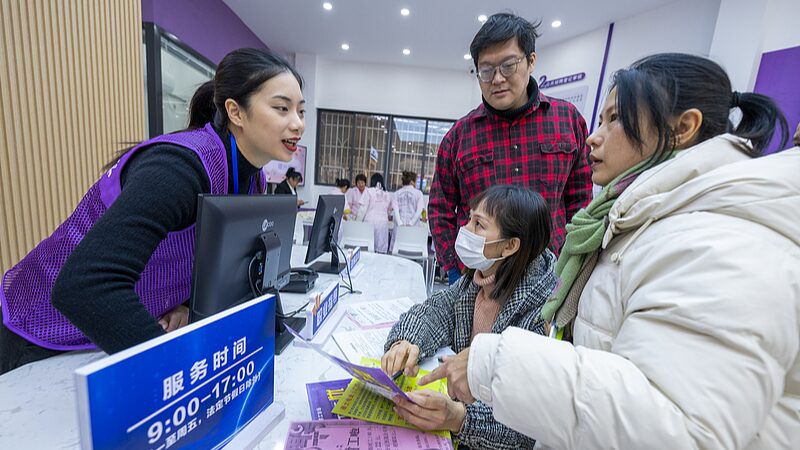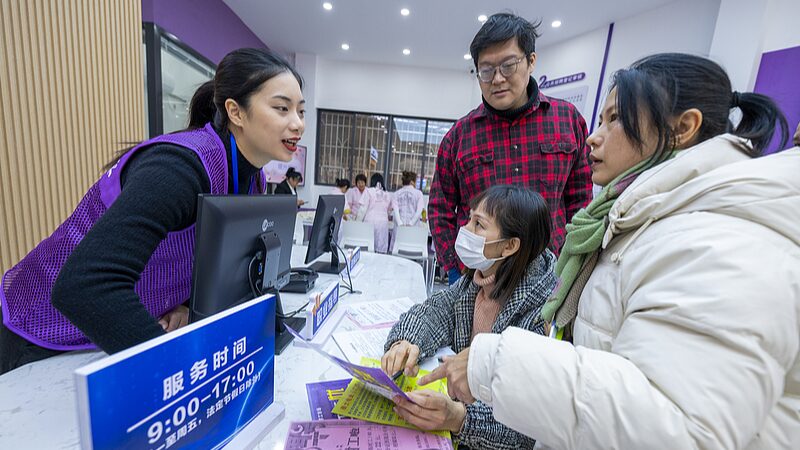China Sets ‘Around 5%’ GDP Growth Target for 2024, Emphasizes Economic Stability and Innovation
China has unveiled its 2024 government work report, outlining a strategic focus on supporting and stabilizing the economy while solidifying high-quality growth. The report, which is forward-looking and detailed, evidences the government’s concerns and prioritizes solutions across various sectors.
Key Achievements in 2023
The report highlighted significant accomplishments from the past year, including:
- Creation of over 12 million jobs in urban areas.
- Installation of more than half of the world’s new renewable power generation capacity.
- New energy vehicle sales accounting for more than 60% of the global total.
- 5G network penetration rate surpassing 50%.
- Urbanization rising to 66.2%.
- Per capita disposable income of urban residents increasing by 6.1%.
- Per capita disposable income of rural residents in formerly poverty-stricken areas increasing by 8.4%.
GDP Growth Target and Economic Forecasts for 2024
Setting the tone for the year ahead, China has established a GDP growth target of ‘around 5%’. This target reflects confidence in the nation’s economic resilience amidst challenges such as depressed property markets, deflationary pressures, weak consumer demand, and increasing geopolitical and trade tensions.
While the increase in defense spending by 7.2%—higher than both inflation and GDP growth rates—has drawn some attention, the government work report places a stronger emphasis on economic development, proposing comprehensive plans to boost growth.
Four Key Focus Areas
The report identifies four critical areas to drive China’s economic agenda in 2024:
1. Macroeconomics and Finance
The deficit-to-GDP ratio is set at 3%, down from 3.8% the previous year, in response to China’s overall debt-to-GDP ratio reaching a record 287.8%. The government plans to issue ultra-long special treasury bonds and allocate 3.9 trillion yuan in special-purpose bonds for local governments. Efforts to mitigate risks in the property market, local government debt, and small and medium-sized financial institutions will continue.
2. Economic Stimulus
China aims to expand domestic demand and will launch a year-long program to stimulate consumption. However, the government refrains from massive short-term stimulus measures that could increase long-term debt and reduce fiscal flexibility. Premier Li Qiang emphasized the importance of prioritizing long-term stability over short-term gains, stating, “We refrained from resorting to a deluge of stimulus policies or strong short-term stimulus measures.”
Targeted stimulus initiatives will focus on supporting the trade-in of old consumer goods, cultivating new consumption growth points in areas such as smart homes, entertainment and tourism, sports events, and domestic products. The central government’s investment will amount to 700 billion yuan, with encouragement for private capital to participate in major projects.
3. Advancing New Quality Productive Forces
Innovation takes center stage, with a strong emphasis on artificial intelligence (AI). The launch of the “AI Plus Initiative” aims to integrate AI across industries. The government underscores the importance of disruptive and frontier technology research, highlighting fields like quantum computing and life sciences.
China is also advancing its energy revolution by continuing investment in renewable energy, reflecting President Xi Jinping’s commitment to sustainable development. Meeting with the Jiangsu delegation, President Xi emphasized the need to “develop new quality productive forces according to local conditions,” while avoiding neglect of traditional industries or creating economic bubbles.
4. Enhancing Opening-Up
China reaffirms its commitment to higher-standard opening-up, ensuring national treatment for foreign-funded enterprises. Notably, the government expresses intent to work toward joining the Comprehensive and Progressive Agreement for Trans-Pacific Partnership (CPTPP), signaling a transformative economic and geopolitical strategy.
Emphasis on Science, Technology, and Innovation
This year’s government work report places unprecedented priority on science, technology, and innovation as drivers of new quality productive forces. Minister of Science and Technology Yin Hejun highlighted that China’s research and development (R&D) investment in 2023 exceeded 3.3 trillion yuan, an 8.1% increase over the previous year.
Significant technological milestones were achieved, including the operation of the world’s first fourth-generation nuclear power plant and the commencement of commercial operations of the C919 large passenger aircraft. Exports of new energy vehicles, lithium batteries, and photovoltaic modules—a group China refers to as the “new three”—increased by nearly 30% in 2023.
Minister Yin emphasized that scientific and technological innovation not only enhances the competitiveness of traditional industries but also injects new impetus into the economy. He stated that these advancements are “very gratifying” and highlight the country’s progress in fostering innovation-driven development.
Looking Ahead
China’s 2024 government work report reflects a strategic balance between maintaining economic stability and pursuing high-quality growth through innovation and opening-up. By focusing on long-term objectives and targeted measures, China’s leadership demonstrates confidence in navigating domestic challenges and complex global dynamics.
Reference(s):
2024 Government work report: Support, stabilize, solidify the economy
cgtn.com


